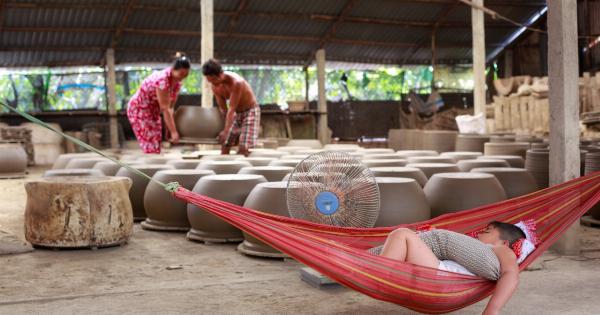As a parent, it can be disturbing to see your child move or jump in their sleep. At times, they may even cry out loud, making you feel helpless. This is a common phenomenon, and there can be several reasons why children may jump in their sleep.
In this article, we will discuss the causes and ways to handle this situation.
What is Sleep Jumping or Myoclonic Jerks?
Sleep jumping is a condition known as myoclonic jerks. These involuntary movements happen involuntarily, and they can happen at any time, but they are more common during the sleep period.
These jerks are usual, and about 60% of the adult population experiences them.
During these jerks, a person’s muscles will jerk or twitch suddenly, and it can happen in different parts of the body and vary in intensity. For some people, it can be mild; for others, it can be severe enough to wake them up from their sleep.
Why Do Children Experience Sleep Jumping?
The causes of sleep jumping can differ from individual to individual. However, some of the common reasons for children to experience this condition are:.
1. Developmental Changes
Children’s bodies undergo significant developmental changes during their childhood. This change can sometimes lead to the stimulation of the nervous system, leading to sudden movements and jerks during their sleep.
For example, the developmental changes in the brain can lead to seizures, and they can induce myoclonic jerks.
2. Restless Leg Syndrome (RLS)
Restless leg syndrome is a condition that causes individuals to feel uncomfortable sensations in their legs, leading to a strong desire to move them for relief. This condition can also lead to myoclonic jerks, especially among children.
Children may sometimes report these sensations as growing pains or they may not even be aware of them.
3. Anxiety and Stress
When children experience anxiety or stress, they tend to become more aware of their surroundings, leading to an overactive nervous system. This overactivity can result in occasional myoclonic jerks during their sleep.
4. Sleep disorders
Several sleep disorders, such as obstructive sleep apnea and restless leg syndrome, can lead to myoclonic jerks. Therefore, it is crucial to identify these disorders and treat them to reduce the chances of sleep jumping.
How to Help Children When They Experience Sleep Jumping?
As a parent, it can be challenging to help your child in such situations. However, there are several ways to handle sleep jumping in children. Some of these methods include:.
1. Change Your Child’s Sleeping Habits
Simple changes to sleeping habits can help address sleep jumping in children.
For example, ensuring that your child gets enough restful sleep every night, keeping technology away from them an hour before bedtime and dimming the lights can help to create a calming environment for sleep.
2. Relaxation Techniques
Teaching your child relaxation techniques before sleep can calm their mind and reduce restlessness. Techniques such as meditation, deep breathing, and visualization can help soothe your child and improve sleep quality.
3. Seek Medical Advice
Consulting with your doctor can help identify the causes of sleep jumping and treat them effectively. For example, if your child has a sleep disorder, the doctor can recommend the necessary interventions to manage the condition.
Final Thoughts
Sleep jumping is common among children and adults and occurs due to various reasons. Although it can be disconcerting for parents, it is usually not cause for concern.
However, if the jerks are occurring excessively or impacting your child’s sleep, it is best to seek medical advice. Simple lifestyle changes and relaxation techniques can also help alleviate these issues and enable both parents and children to rest soundly at night.































